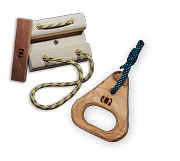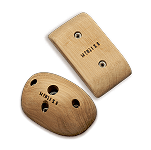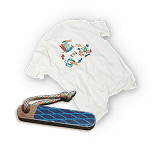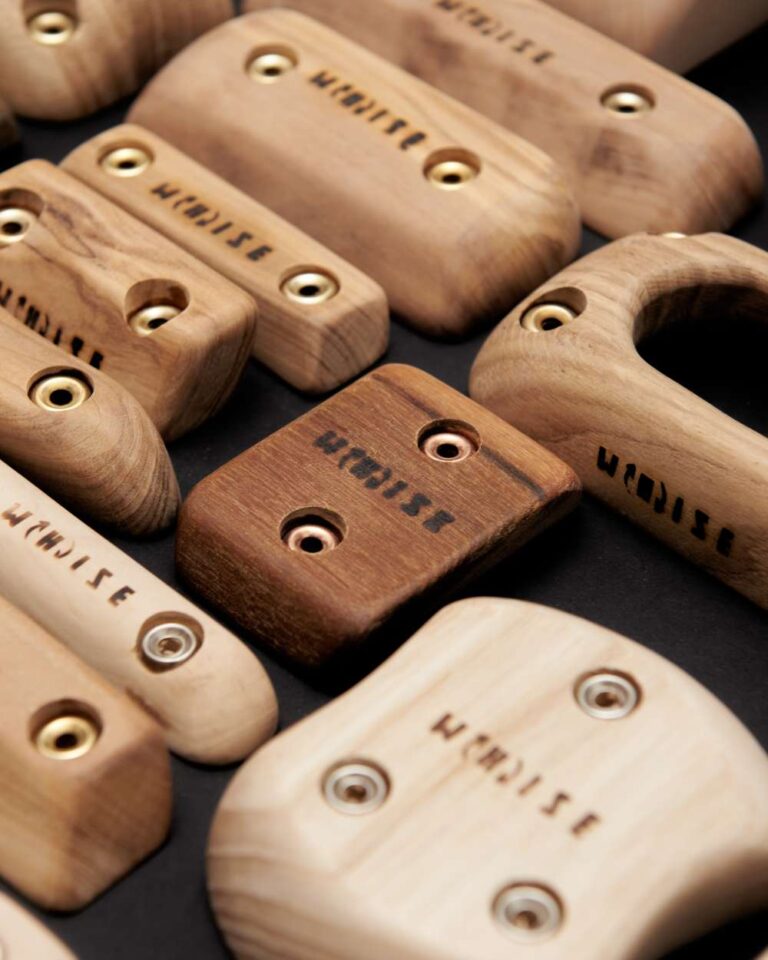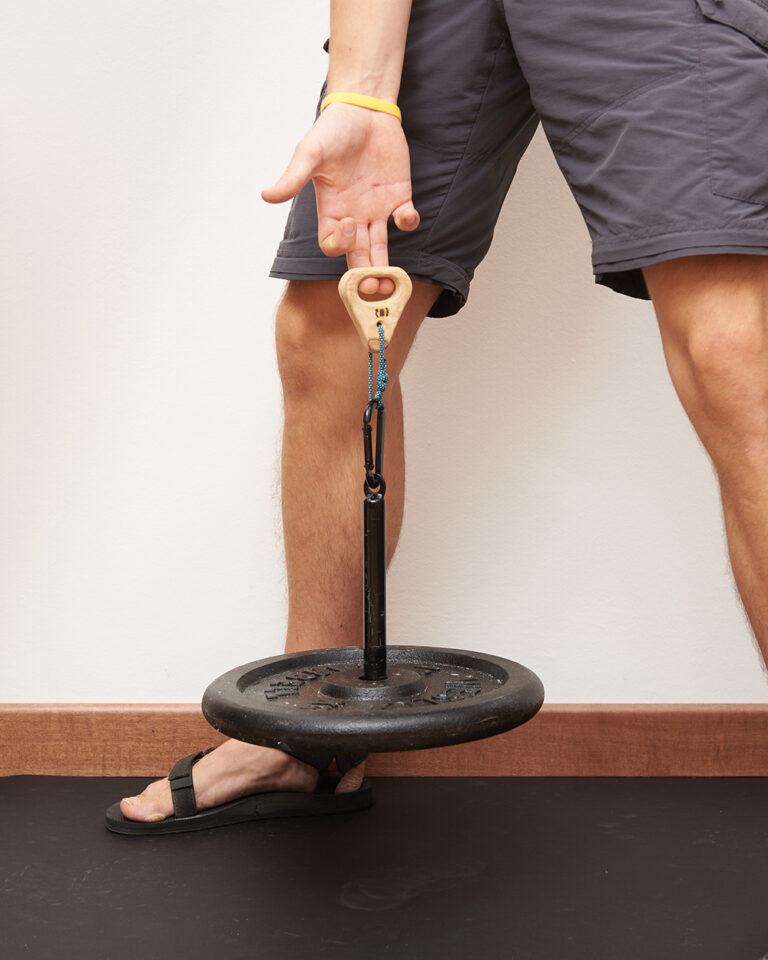How to choose the right WHISE tools for you
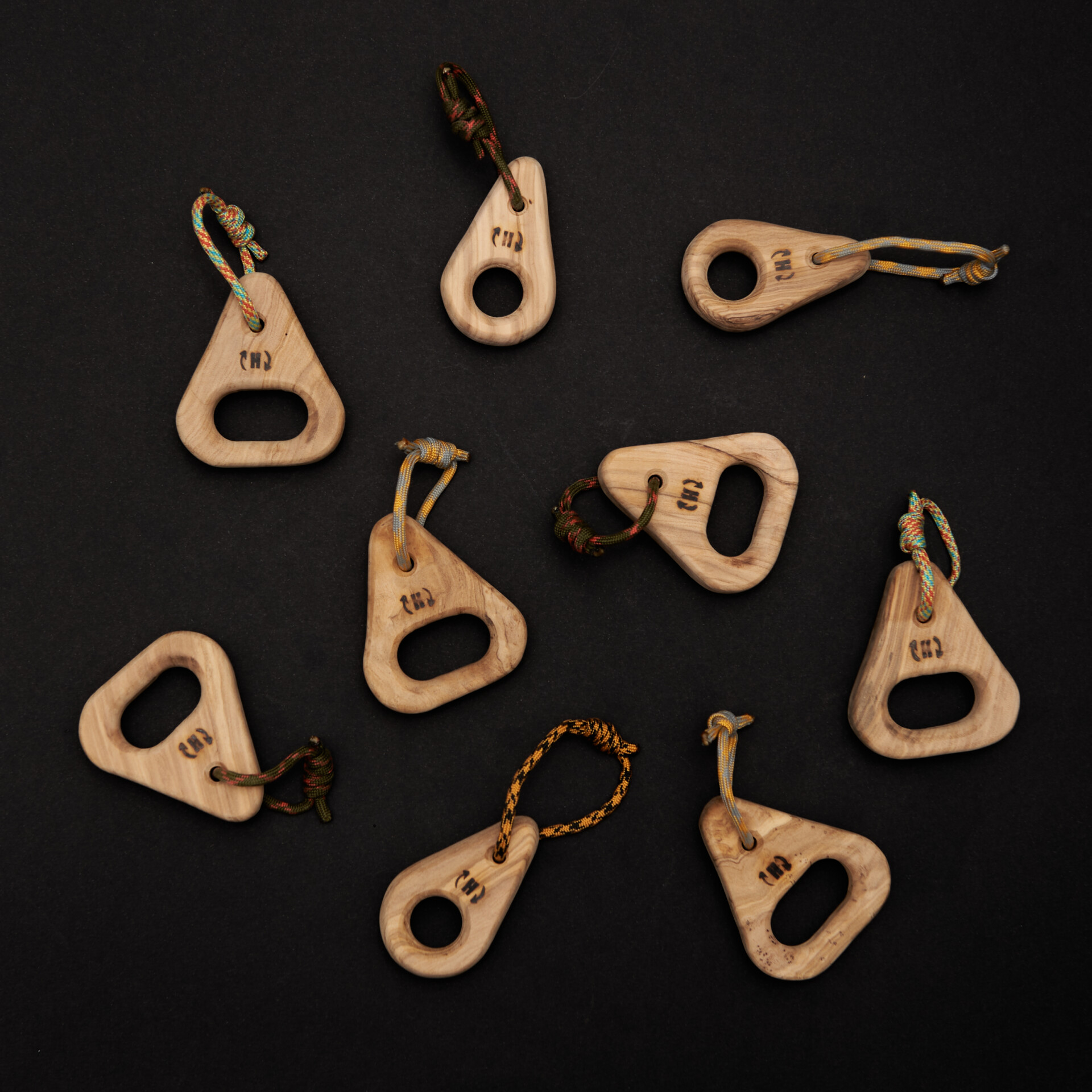
Index
Dry finger training by weightlifting (“powerlifting”) is increasingly gaining ground in the climbing world. In fact, it is not uncommon to come across a few reels on Instagram of pro climbers training with this method, showing off some truly beastly maximums! The advantages are undoubtedly innumerable and, just to name a few, among the most important are: the possibility of training or rehabilitating each hand and each finger individually with a precise and scalable overload over time (which is much more difficult to implement on the beam); the possibility of easily transporting these tools to the crag to warm up and activate muscles and fingers correctly before we cast off on our project.
In this regard, we at Whise have devised various tools for the different situations and needs of us climbers, and below we would like to provide some clarity for an informed choice!
1) Patrik & Fat Patrik
So small and cute, it’s almost a shame to use them as training tools instead of climbing gadgets, but their strength is precisely this: they can be used both in everyday training and as car key rings, so that we can show off our climbing charms wherever we go!
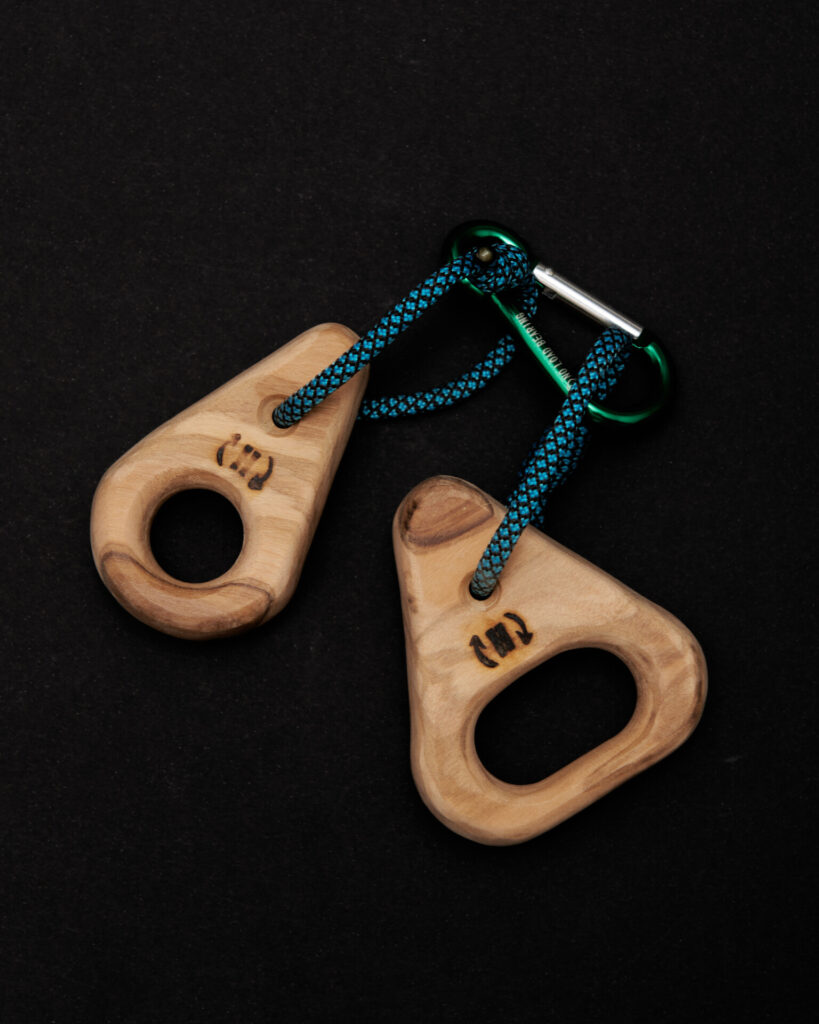
These two tools are mainly useful for training and rehabilitating the single or pair of fingers in the “open-hand” or “half-crimp” position. This allows us, for example, to prepare specifically for a route or a boulder that has many single and double fingers.
2) Murok
This perfectly smooth block of wood, soft to the touch, may seem harmless at first glance, but in reality, it will give us a hard time to pinch!
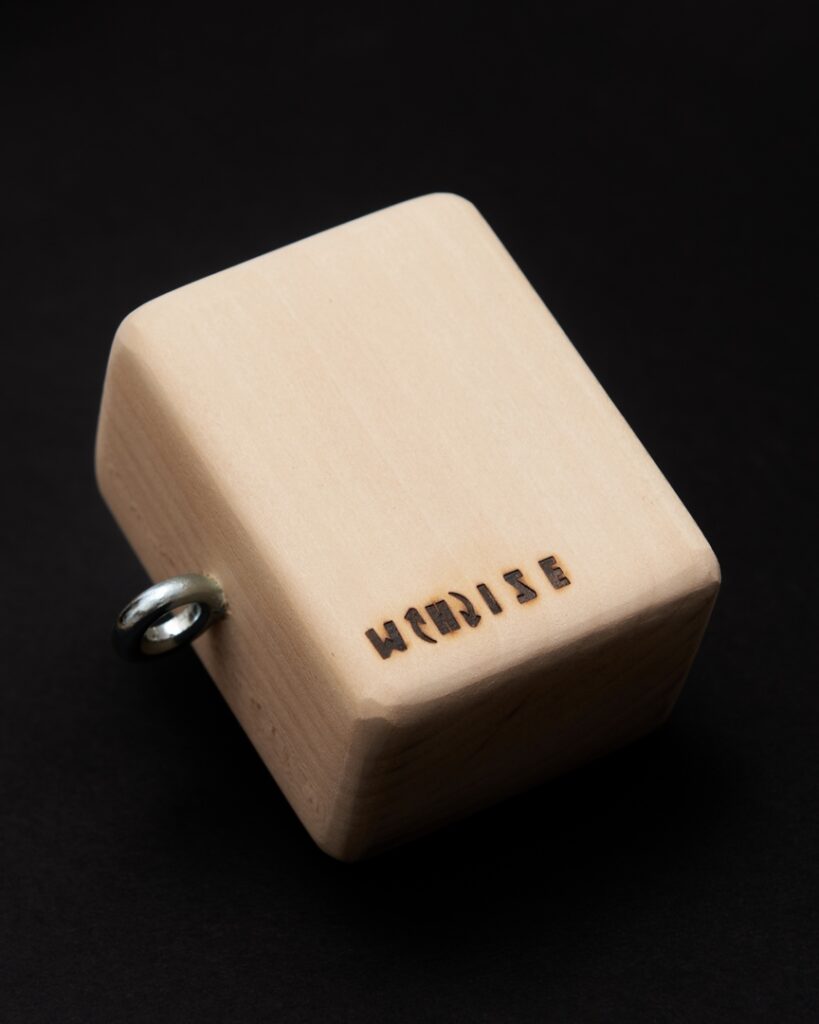
With its three different sizes, 6, 8 and 10 cm respectively, it will enable us to be prepared to hold pliers of all sizes and to have a firm and decisive handshake!
When we are not using it for training, after a good brushing, we can display it as an elegant ornament in our living room or as a classy paperweight.
3) Bender
The buzzword to describe Bender, our portable one-handed beam, is definitely versatility: a single object for training and rehabilitating almost all types of prehension used in climbing (open-hand, half-crimp, full-crimp, crimp)!
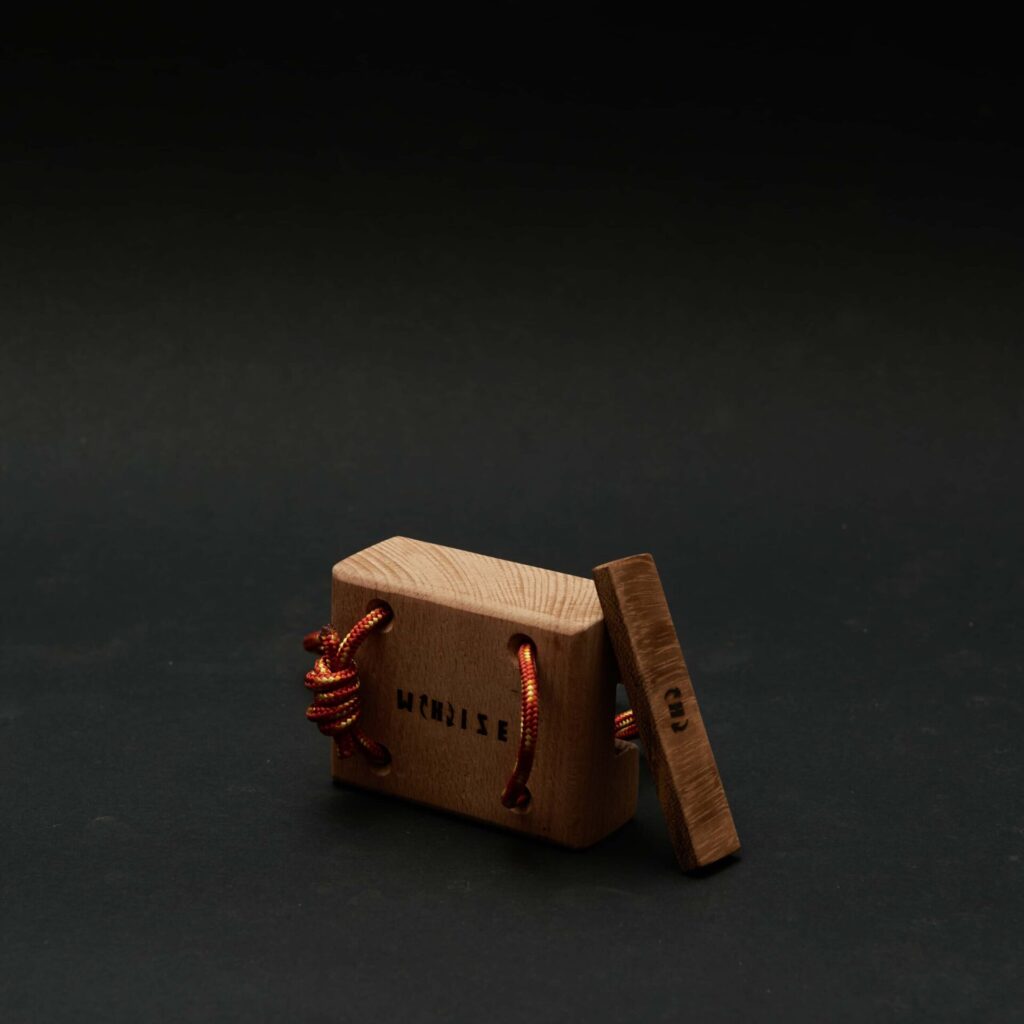
Designed to increase the pulling force on the notches, it features a 20mm and a 15mm notch, and a (removable) magnetic shim that turns them into 12mm and 7mm respectively. Four notches of different sizes to meet all requirements!
In addition, we can also use it in a horizontal position to train the 7 cm pinch.
4) Trave-ler
The name already gives the idea: designed to be the perfect travelling companion in all our “on the rock” adventures, this portable two-handed beam is the right compromise between portability and comfort in performing exercises, allowing us to warm up properly before our climbs.

Depending on the orientation in which we decide to use it, at the two ends we will have notches of different sizes, while in the centre there is a single deeper pocket designed mainly for single-arm suspensions but also convenient for one-, two- and three-handed pulls. In addition to this, Trave-ler is designed slightly longer than most beams on the market, allowing us to perform two-handed pull-ups while maintaining a proper arm opening and to engage, in addition to the forearms, the large muscles of the back.
In addition to the main use for which it was designed, it can be conveniently mounted at home with simple screws (in the holes through which the cord passes) and become a fixed beam in its own right, to continue training without missing a beat!
Whatever our choices, it is good to know that we have some very important tools in our hands. If used correctly, they will allow us to reduce the possibility of finger injuries and to become stronger and stronger!
Enjoy your climbing, alé!

Michele (Dag)
Team WHISE
